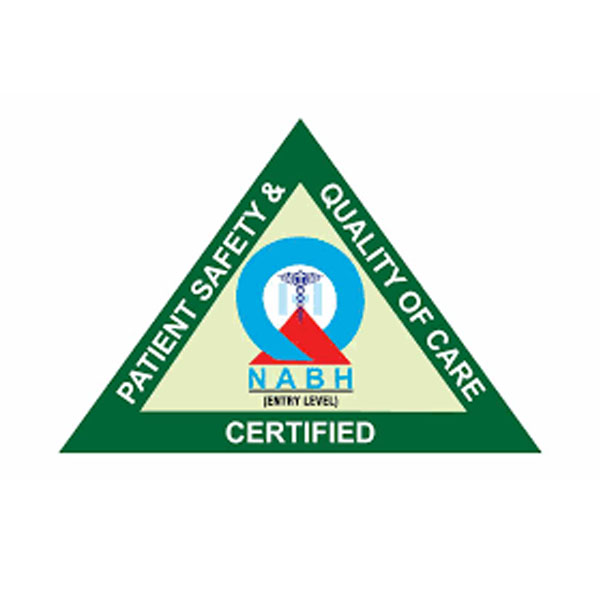Indication of endoscopy
There are three main reasons for carrying out an endoscopy:
- Investigation
If an individual is experiencing vomiting, abdominal pain, breathing disorders, stomach ulcers, difficulty swallowing, or gastrointestinal bleeding, for example an endoscope can be used to search for a cause.
- Confirmation of a diagnosis
Endoscopy can be used to carry out a biopsy to confirm a diagnosis of cancer or other diseases.
- Removal of foreign body
Children accidentally swallow foreign body by mouth and needs removal.
- Treatment
An endoscope can be used to treat an illness directly; for instance, endoscopy can be used to cauterize (seal using heat) a bleeding vessel or remove a polyp.
Modern endoscopes are sometimes fitted with sensitive lights that use narrow band imaging. This type of imaging uses specific blue and green wavelengths that allow the doctor to spot precancerous conditions more easily.
Risks and side effects
Endoscopy is a relatively safe procedure, but there are certain risks involved. Risks depend on the area that is being examined.
Risks of endoscopy may include
- Over-sedation, although sedation is not always necessary
- Feeling bloated for a short time after the procedure
- Mild Cramping
- A numb throat for a few hours due to the use of local anesthetic
- Infection of the area of investigation: this most commonly occurs when additional procedures are carried out at the same time. The infections are normally minor and treatable with a course of antibiotics
- Persistent pain in the area of the endoscopy
- Perforation or tear of the lining of the stomach or esophagus occurs in 1 in every 2,500-11,000 cases
- Internal bleeding, usually minor and sometimes treatable by endoscopic cauterization
- Complications related to preexisting conditions
Any of the following symptoms should be reported to a doctor:
- Dark colored stool
- Shortness of breath
- Severe and persistent abdominal pain
- Chest pain
- Vomiting blood






